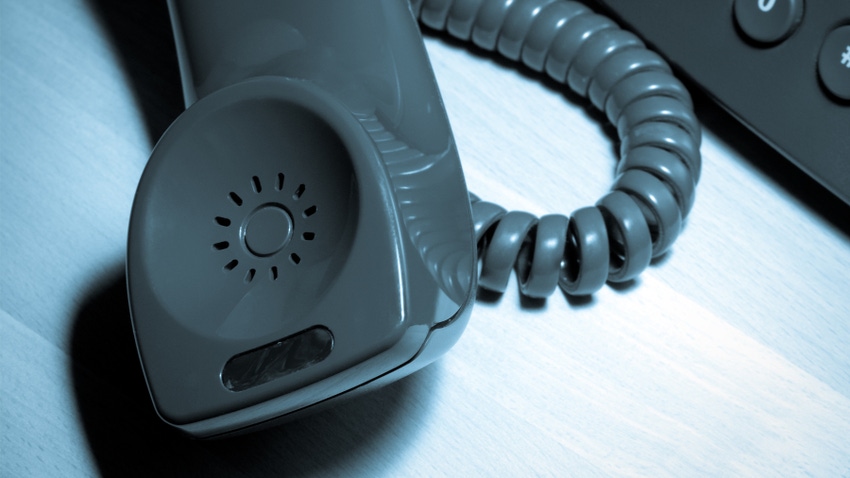
Full confession: I don’t have a landline telephone in my house.
I haven’t had a landline home telephone for probably 20 years now. Instead, I have a personal cellphone and a work cellphone.
I must admit, though, that after the AT&T cellphone network outage on Feb. 22, I’m rethinking that strategy. Sure, it’s cheaper to not have that added bill each month. And I’m always available as long as my cellphones are in my pocket. But what would I do in case of an emergency if my cell company’s network suddenly went dark due to natural or cyberterrorist reasons?
A lot of people are asking themselves the same question this week around the U.S.
Cutting the cord
In June 2023, the Washington Post reported that 73% of American adults lived in a household without a landline at the end of 2022, according to data it found in the National Health Interview Survey from the National Center for Health Statistics.
Twenty years ago, the CDC’s reliance on phone surveys to help it track metrics about immunization, chronic conditions, health care use and more meant that any changes in telephone access could distort that data it was compiling and tracking. Hence, according to the Washington Post, NCHS started tracking who was cutting the cord.
Now, according to December 2022 statistics from NCHS:
Only 2% of adults lived in households with only landlines.
Nine in 10 adults, ages 25-29 and 30-34, were wireless only. As age increased above 35 years, that percentage dropped, with just 48% of those 65 and older living in a wireless-only household.
Eighty percent of Hispanic adults lived in wireless-only households, while 70% of non-Hispanic white households were wireless only.
Seventy-four percent of adults living in the Midwest and 76% of those in the West were wireless-only households.
Four in 5 adults living in rented homes were wireless-only households.
These figures aren’t really surprising. As someone who cut the cord 20 years ago, I save money by not having a landline phone gathering dust in my household. I avoid some — not all — telemarketer calls. And, I am reachable no matter where I roam — as long as there’s cellular service.
Even carriers are starting to reconsider if they want to offer copper-wire landline services, along with Voice Over internet Protocol (voIP) lines. For example, according to USA Today, AT&T is applying to the California Public Utilities Commission for a waiver of its responsibility as a “Carrier of Last Resort.” Meaning, it would stop offering copper-wire landline service. The technology is old, and demand is dropping.
But it’s the communications safety net for our nation. It is literally our last resort.
Safety net
Technology advancements are fine, but having access to the old ways when the technology breaks down is vital.
I listen to satellite radio and Spotify. But I know that there are plenty of my neighbors who still use their AM-FM radios for their news at the top and bottom of the hour.
I read and send emails every day. But I still rely on the U.S. Postal Service to deliver letters, packages and hard copy bills — and monthly issues of Kansas Farmer.
I am on my smartphone every day. But when a cellular network is down, whether due to a natural disaster or a man-made catastrophe, we need to have landlines available for emergency communication.
And I know that we ceded a lot of our public goods and services over to the private sector because of capitalism, but we need to pull back some. It is in the public interest to have access to landlines to communicate. Maybe even more in this intense cybersecurity nightmare that we’re all enjoying.
Look, friends, the telephone was allowed to replace the telegraph and Morse code. There are few people who have their own ham radios today. Even the old business band radios of my youth have been stored in the farmhouse attic.
I fear landlines are next. And I can’t believe, as a Gen X American, I’m actually saying this — we can’t afford to ever put all of our communication methods in one digital basket.
About the Author(s)
You May Also Like






